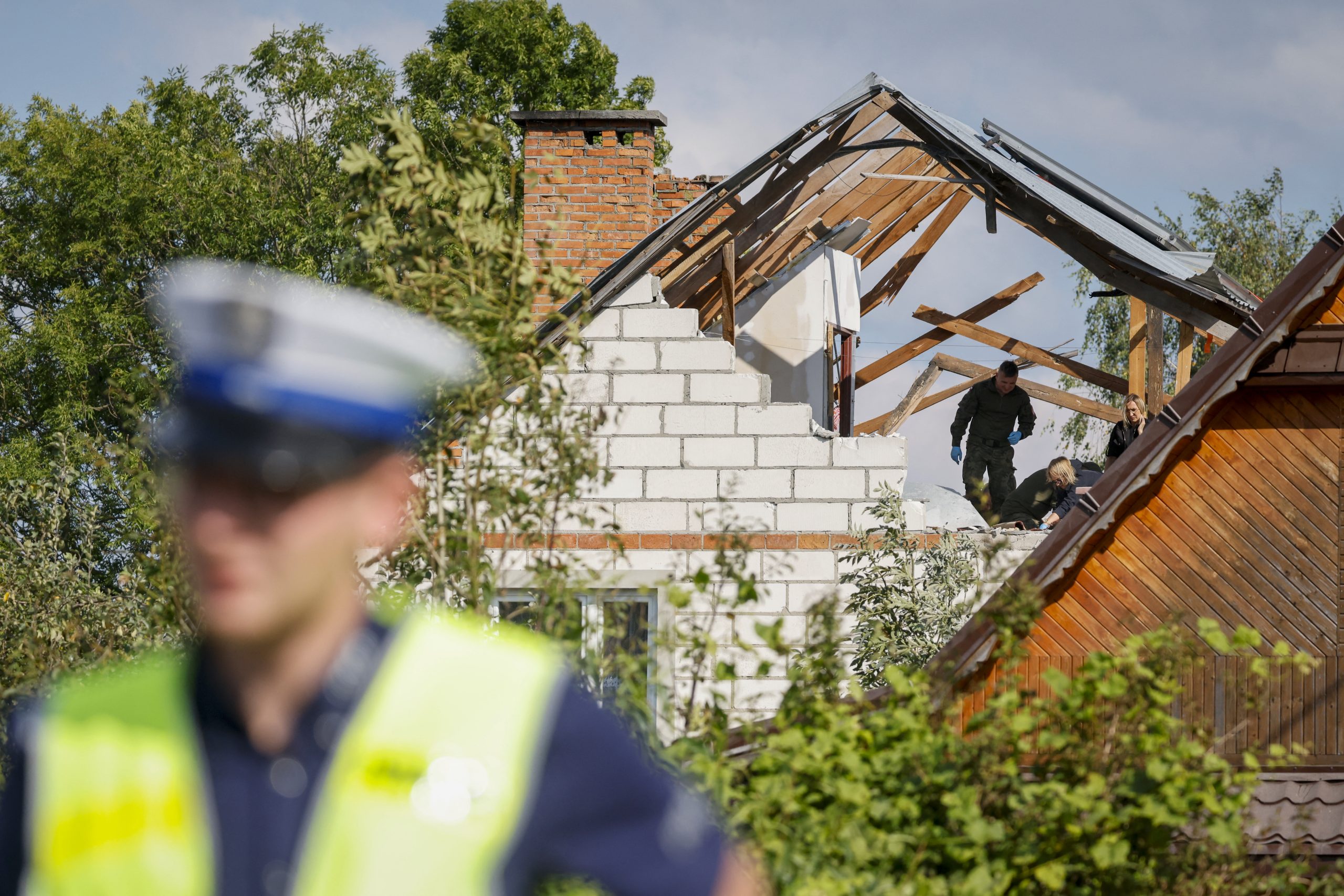NATO’s First Shots in the Ukraine Conflict
On Monday, a coordinated response by NATO forces marked a significant escalation in the ongoing conflict in Ukraine. Nineteen suspected Russian drones breached Polish airspace, prompting a joint interception operation involving Polish, Dutch, and Italian aircraft, supported by German Patriot missiles. This unprecedented action represents the first time NATO militaries have fired upon Russian assets during the war, and the first time NATO aircraft have engaged potential threats within the airspace of an allied nation. The incident raises serious questions about the potential for further escalation and the evolving dynamics of the conflict.
Escalating Tensions and the Blurring of Battle Lines
The incursion of Russian drones into NATO territory isn’t an isolated incident. Throughout the three-and-a-half-year war, Russia’s relentless campaign of drone and missile strikes targeting Ukrainian cities and infrastructure has frequently spilled over into neighboring countries. Fragments of downed Russian drones have repeatedly been found in Romania, another NATO member bordering Ukraine. While previous incidents resulted in material damage and, tragically, in 2022, caused the deaths of two individuals, Monday’s event marks a critical turning point. The direct engagement by NATO forces represents a clear shift in the conflict’s trajectory, blurring the lines between the war in Ukraine and a potential wider confrontation.
Implications and Future Uncertainty
The response by NATO demonstrates a clear commitment to the collective defense of its members. However, the incident also underscores the precarious situation in Eastern Europe. The intentional or unintentional breaching of NATO airspace by Russian military assets carries immense risk of escalating the conflict beyond Ukraine’s borders. While the immediate response was proportionate, the potential for future miscalculations or deliberate provocations remains a significant concern. The incident has raised questions about the level of direct engagement NATO may be prepared to undertake in response to future attacks and the potential for an even more significant escalation of the conflict. The international community is closely watching the situation, with concerns mounting about the possibility of a direct confrontation between Russia and NATO.
Conclusion: A Dangerous Precedent?
The interception of Russian drones by NATO forces in Polish airspace is a watershed moment in the Ukraine conflict. While demonstrating the alliance’s commitment to collective defense, it also highlights the increased risk of a wider war. The incident serves as a stark reminder of the fragility of peace and the potential for unintended escalation in a region already fraught with tension. The coming weeks and months will be crucial in determining how this dangerous precedent will shape the future of the conflict and the relationship between Russia and the West. The international community must work towards de-escalation and a peaceful resolution, while simultaneously preparing for the potential for further escalation.
Based on materials: Vox





